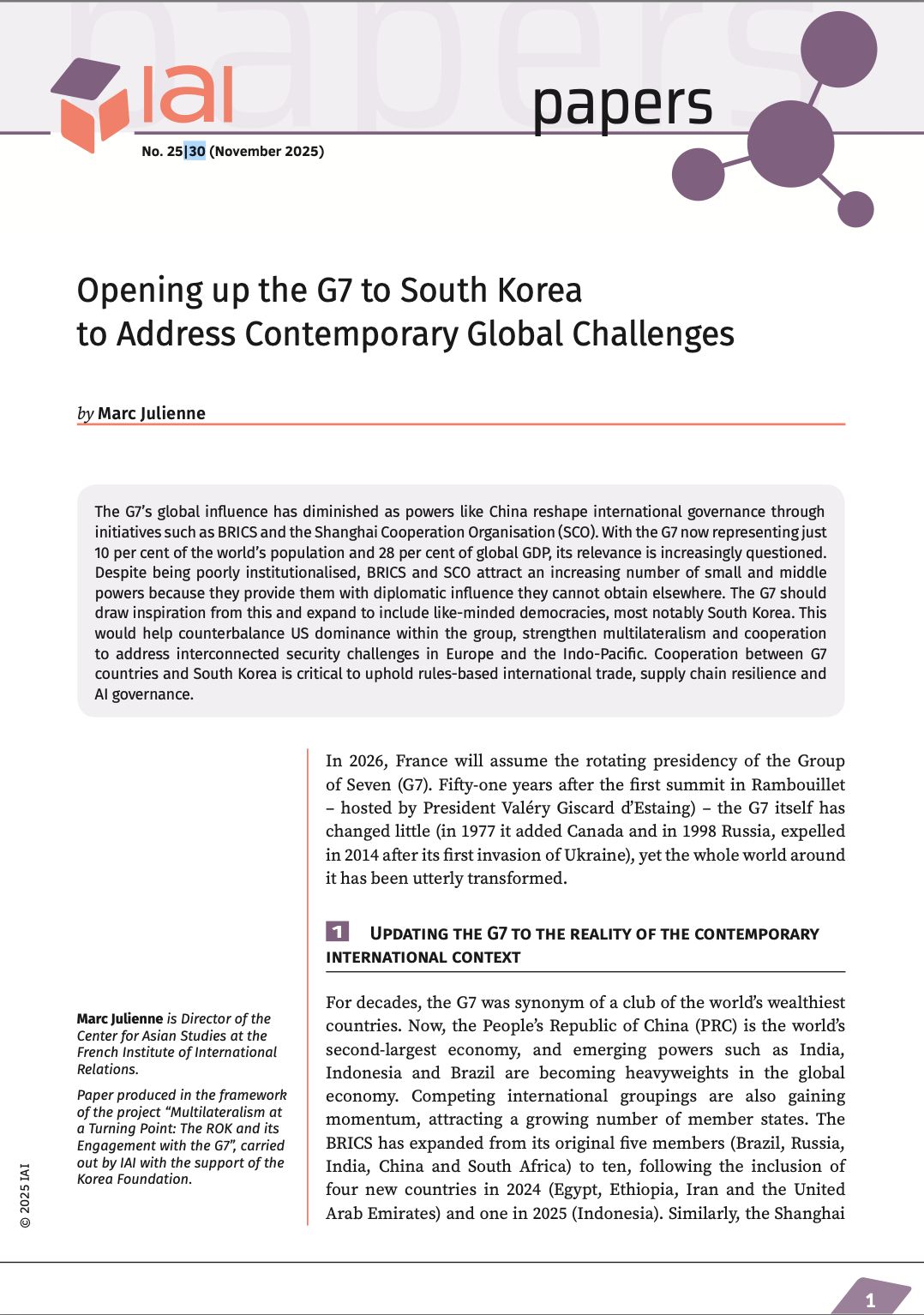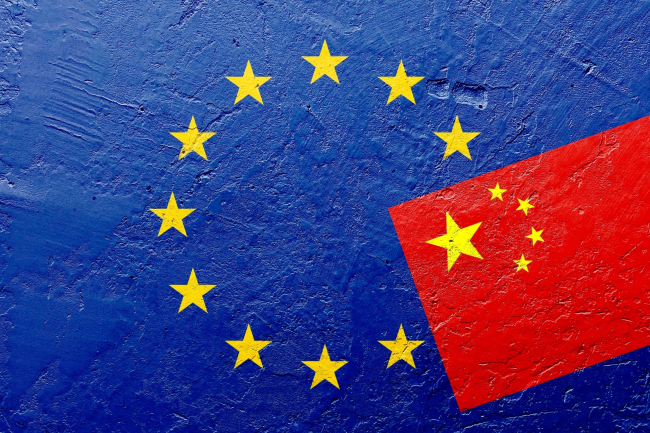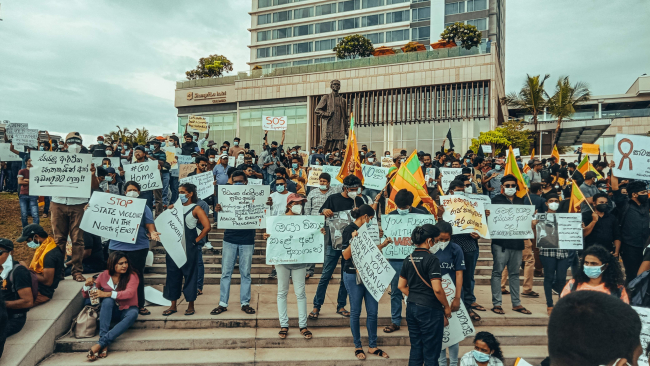EU Communications after the Irish "No"

Report written by Pierre Bouygues, intern at Ifri Brussels.
Margot Wallström, Vice President of the European Commission in charge of Institutional Relations and Communication, started her presentation on the EU communication strategy after the Irish “no” in the referendum on the Lisbon Treaty by analysing the reasons of the Irish “no”. She explained that a flash Eurobarometer about the referendum has been carried out which greatly helped to understand the reasons of the vote. The findings of this opinion poll were supported by another survey commissioned by the Irish government. The two surveys have shown that the negative vote was not a general rejection of Irish EU membership. Indeed, the Irish remain pro-European and support the Irish EU membership. Actually, the Irish vote did not concern the Lisbon Treaty either. This is underlined by the fact that the no campaign was dominated by four issues that the Lisbon Treaty did not even mention: euthanasia, abortion, gay marriages and taxation.
Hence, the two surveys have shown that the main reasons for the no vote concerned the failure to understand the treaty and the lack of information about it. For instance, 46% of those who voted against the treaty explained their position by the lack of information and the failure to understand the treaty. Many voters conceived the no vote as a risk free option and a bargaining tool that helps to obtain a better deal in new negotiations in the European Council. 76% of those who rejected the treaty indeed thought that their vote would allow Ireland to opt out from some European legislation that has been perceived as negative for Ireland.
The analysis of the voting behaviour of different groups of society has shown that young people were particularly reluctant to take part in the vote. Among the young adults (20-25 years), only 3 out of 10 did caste their vote. What is more, a majority of them rejected the treaty. Similar findings apply to two other groups of society: women and the less educated. Mrs. Wallström explained that this analysis was probably valid not only for Ireland, but also for many other member states. There is a deep need to improve the communication about the EU’s values, as European citizens are not convinced of the advantages of the EU currently. Even if many citizens support the European integration in general, they are not really convinced about its advantages. The Irish referendum has shown that an emotional campaign (like the no campaign) is much more efficient than a campaign based on sober and unemotional information (like the campaign of the Commission and the Irish government). Therefore, the EU communication strategy needs to make a better use of popular and new communication channels like internet videos or web blogs.
Lessons from the US presidential campaign
According to the EU Commissioner, the last US presidential campaign has been a breaking point in terms of communication tools used in political campaigns. The EU can learn some valuable lessons from this. During the US campaign, internet has in many ways emerged as the major tool of political communication. The web has transformed the way candidates speak to voters. For example, seven of the sixteen presidential candidates announced their candidacy via an online presentation and not during a crowded meeting. The internet has also revolutionized the fundraising system, as social networks and online tools have broken all previous fundraising records. Furthermore, the campaign has brought an end to the domination of traditional media. Mainstream media (TV, newspapers) have indeed followed and reported on the internet campaign. A film on YouTube was more helpful (or damaging) for a candidate than a campaign based on the radio or TV. The two candidates have had their own internet TV channel and their own communities on Facebook and MySpace.
A new EU strategy for 2009
Mrs. Wallström said that a new communication strategy will be tested for the next European parliamentary elections and the nomination of the new EU Commission. In this context, one should remember that any EU communication strategy must be different from a commercial company’s communication strategy, as the EU is not a private company, but an international organisation which needs democratic legitimacy. Mrs. Wallström emphasized that the European citizens have the right to know what is going on within the European institutions, as they should have a chance to influence the policy processes. In order to gain a better democratic legitimacy, the European institutions have to do the right things, i.e. solving problems that people see in their everyday’s life, like the consequences of the financial crisis or climate change. Hence the community must address the right issues, present solutions to these problems and then deliver tangible results. The Commission should put forward concrete examples in order to make clear the advantages of EU action. It should also emphasize the cost that would arise if the EU would not take action. This will underline the value added by EU actions.In order to mobilize voters for the 2009 elections to the European Parliament, the Commission also needs to take part in debates at the national level. In order to do so, two ways of communication are currently put forward. First, the Commission is now listening to the people as much as it is talking to them. Second, the Commission will take citizens’ concerns and interests more actively into account. In order to fulfil these objectives, the Commission will allocate more resources to the Commission’s national representations because they know best how to reach local and regional media and engage citizens in a more credible way. At the same time, the Commission needs to strengthen and modernize its communication in order to respond to the citizens’ wishes. Radio and TV networks should be asked to report more extensively about EU issues. In short, people have to be mobilized on issues that concern their everyday life, via popular communication channels. It is important to note that this kind of work cannot be done from Brussels alone. It has to be done in partnership with the member states and using some of their institutions.
A political declaration on communicating in a European partnership was signed between the European institutions and member states on 22 October 2008. Even if the media did not talk a lot about the declaration, it is a very important step for the EU communication strategy, as for the first time, the main EU actors recognized the need to plan, prioritize and work together in order to ensure a better communication on EU issues. The declaration is a real political success because communication of EU issues has been performed without any political bases until now. The political declaration sets up a new mechanism which will identify every year the communication priorities and the appropriate ways of implementation.In the end, Mrs. Wallström summed up the cornerstone of the new EU communication: “Listen better, explain better and go local”.
A debate with the audience followed the presentation. It touched upon the possibility to copy strategies seen in the last US elections, the role of internet for communicating EU issues and the role of the Libertas movement for the 2009 elections to the European Parliament.
Related centers and programs
Discover our other research centers and programsFind out more
Discover all our analyses
Opening up the G7 to South Korea to Address Contemporary Global Challenges
The G7’s global influence has diminished as powers like China reshape international governance through initiatives such as BRICS and the Shanghai Cooperation Organisation (SCO). With the G7 now representing just 10 per cent of the world’s population and 28 per cent of global GDP, its relevance is increasingly questioned.
Expanding SPDMM as a pivotal institution in the Pacific – A French perspective
The South Pacific Defence Ministers’ Meeting (SPDMM) is the only forum that brings together defense ministers from the wider South Pacific — including Chile, which is hosting it for the first time. This heterogeneous group of countries with varying resources, capacities, and interests — Australia, Chile, Fiji, France, New Zealand, Papua New Guinea (PNG), and Tonga — are united by their shared determination to strengthen cooperation on maritime security and humanitarian assistance and disaster relief (HADR) activities.
EU’s Derisking From China: A Daunting Task
With economic security as a major concern, the EU has recently turned to “derisking” from China. The EU strategy entails reducing critical dependencies and vulnerabilities, including in EU supply chains, and diversifying where necessary, while recognizing the importance and need to maintain open channels of communication.
Sri Lanka’s NPP Government. From System Change to Structural Compliance
In September 2024, a relative outsider to Sri Lanka’s two-party-dominated political system, Anura Kumara Dissanayake, won the presidential elections. The anti-establishment, populist movement he represented, the National People’s Power (NPP), went on to receive an overwhelming mandate in the November 2024 general elections, winning 159 seats in a 225-member parliament.









